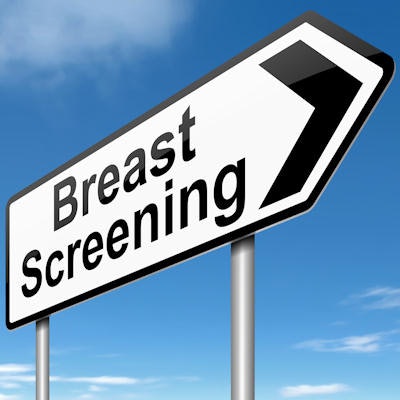
Another research study has found that digital breast tomosynthesis (DBT) performs better than digital mammography for breast cancer screening, reducing recall rates and also time to biopsy and final diagnosis. The findings were published online July 26 in Academic Radiology.
The findings are in line with an existing trend toward the mainstream use of DBT for breast cancer screening, wrote a team led by Dr. Nila Alsheik of Advocate Health Care in Park Ridge, IL.
"Digital breast tomosynthesis (DBT) is rapidly becoming the standard of care. ... In the United States, some imaging centers have transitioned to screening all women with DBT," the group wrote. "The enhanced characterization of lesions at DBT screening may lead to more streamlined diagnostic imaging, thereby improving cost-effectiveness."
Alsheik and colleagues analyzed 325,729 screening mammograms acquired between June 2015 and September 2017 at Advocate Health Care and the University of Pennsylvania Health System in Philadelphia, mining electronic medical records for patient demographics, risk levels, and clinical outcomes data. The group adjusted for institution, patient age, breast density, and first mammography exam and compared the performance of the two modalities.
Of all the screening mammograms, 59.7% were DBT, while 40.3% were digital mammography alone; of the DBT exams, most were performed using Hologic's Selenia Dimensions system. Women with dense breast tissue and a higher risk of breast cancer were more likely to undergo screening with DBT, the group found.
| DBT vs. digital mammography for breast screening | |||
| Outcomes | Digital mammography | DBT | p-value |
| Total cancers | 429 | 497 | -- |
| Invasive cancers | 328 | 350 | -- |
| Cancer detection rate per 1,000 | 3.8 | 4.8 | 0.001 |
| Recall rate | 10.9% | 8.8% | < 0.001 |
| PPV1* | 3.5% | 5.4% | < 0.001 |
| Sensitivity | 87.9% | 92% | 0.039 |
| Specificity | 89.5% | 91.5% | < 0.001 |
The group found that DBT had the most significant reduction in recall rate in women between the ages of 40 and 45. Differences between the modalities were statistically significant for all race and ethnicity and breast density categories, as well as for women across all strata of risk for breast cancer.
In addition, women in the DBT group were less likely to require follow-up diagnostic imaging compared with those in the digital mammography group, the researchers noted. Median time to biopsy after a positive screening exam was 18 days in the DBT group compared with 22 days in the digital mammography group; median time to diagnosis in the DBT group was 10 days compared with 13 days in the digital mammography group.
"Improved imaging efficiency, decreases in false positives, and improved cancer detection reinforce the value of DBT screening," the study authors concluded. "DBT allows the detection of clinically occult, early-stage breast cancers, and reduces false-positive screening mammograms, a critical component to maintaining patient compliance with national mammographic screening programs."



















